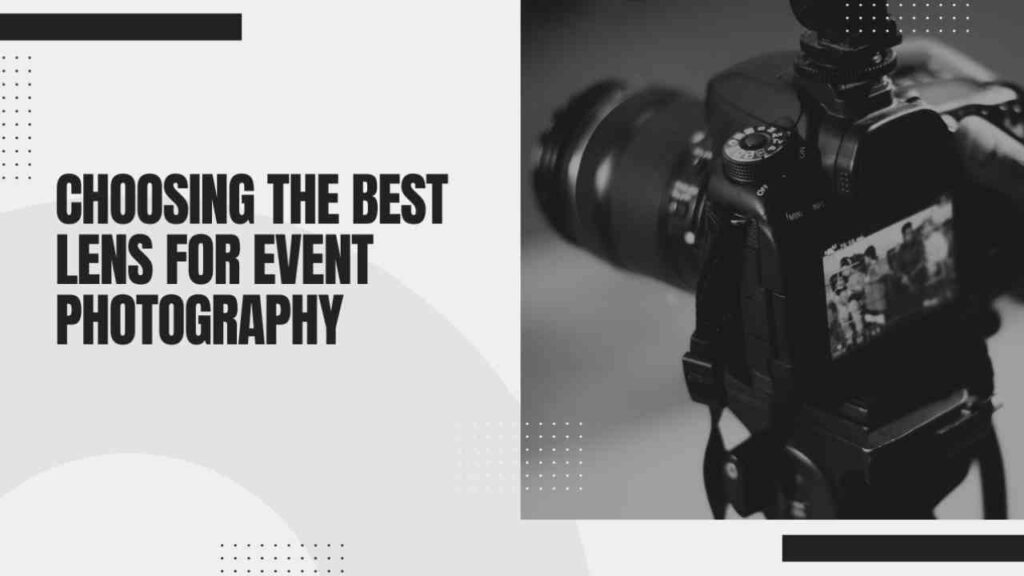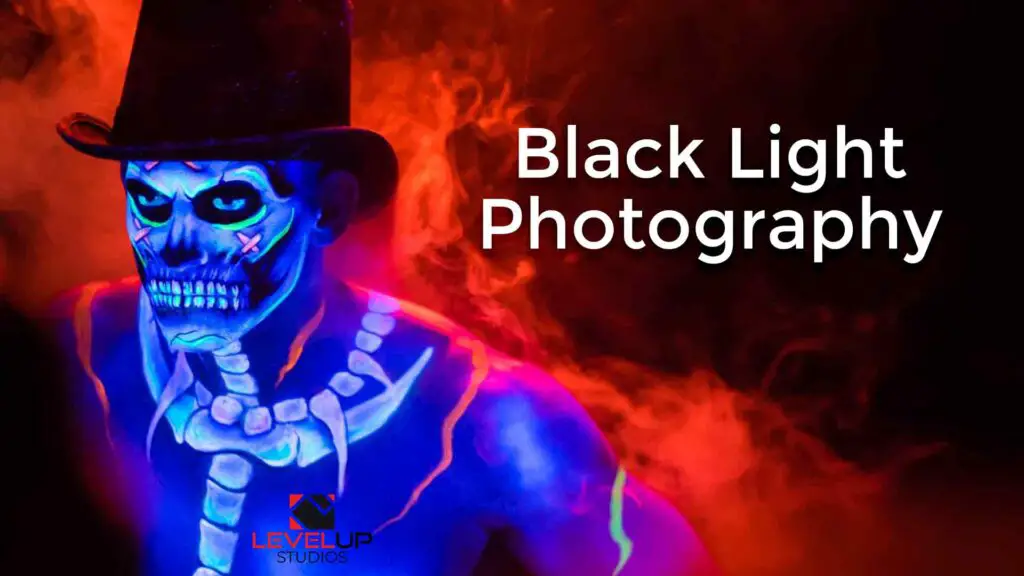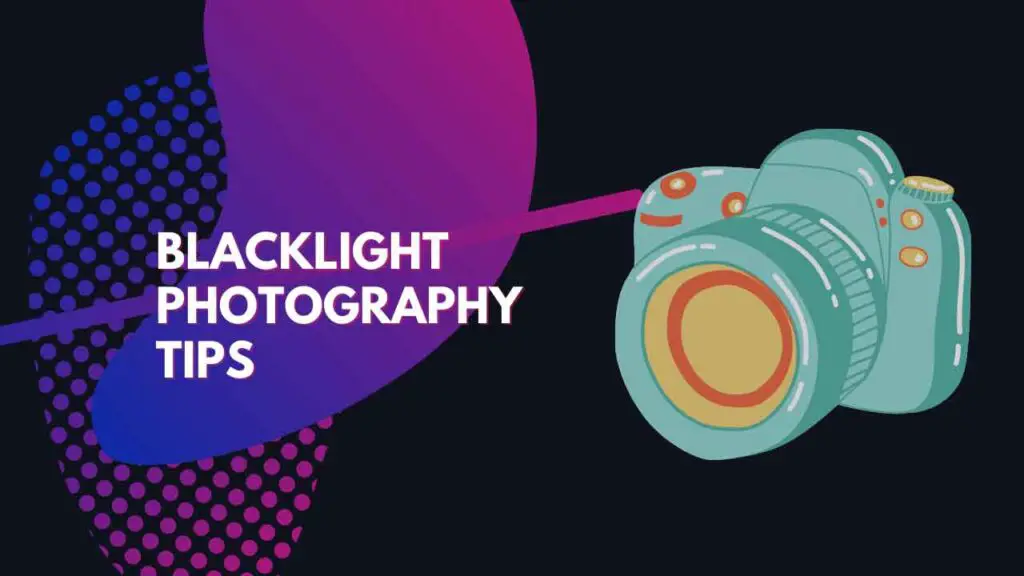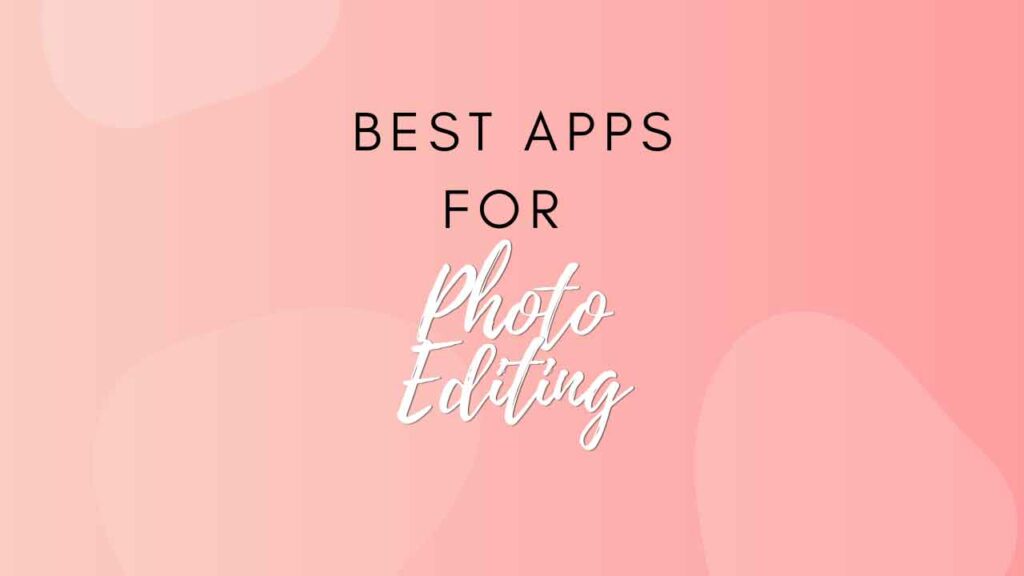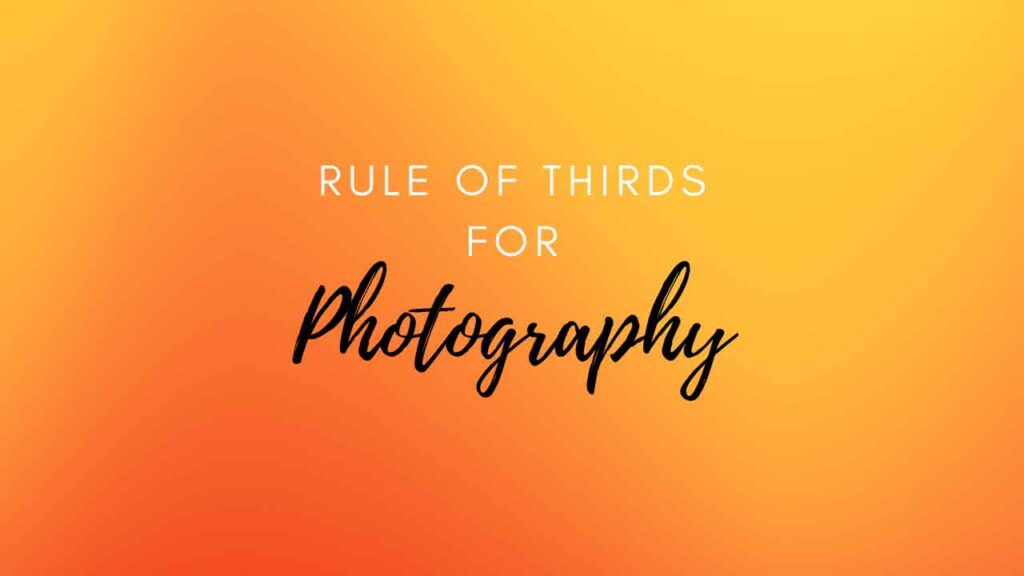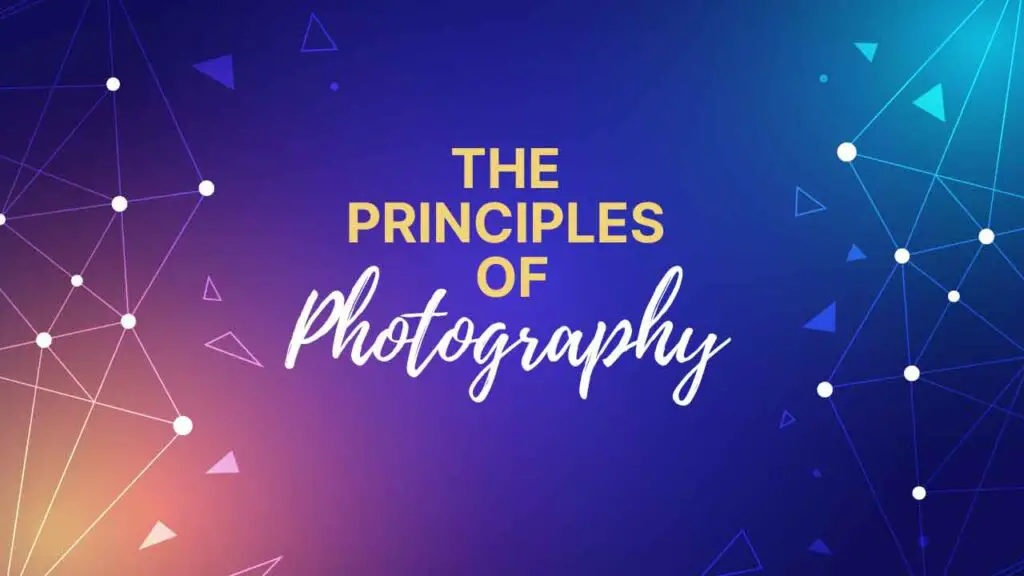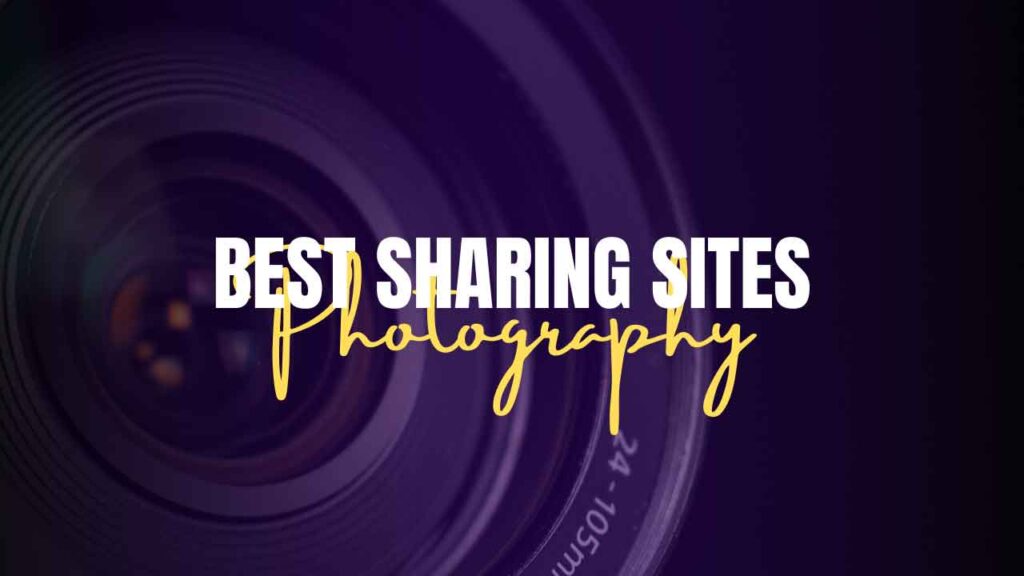THIS ARTICLE MAY CONTAIN AFFILIATE MARKETING LINKS! IN CASE YOU MAKE A PURCHASE THROUGH ONE OF THE LINKS, WE'LL GET A SMALL COMMISSION. WITH NO EXTRA CHARGES TO YOU. THANKS!!
Event photography is an intricate discipline that demands specific technical expertise, keen artistic sensibilities, and a strategic understanding of the event’s atmosphere and context. As such, selecting the most appropriate lens to capture these ephemeral moments can make all the difference. Through an exploration of camera lens basics, an overview of various event types and their unique shooting needs, a review of the best lenses for event photography available on the market, and a compilation of helpful tips and techniques, this article aims to equip you with the knowledge and skills you need to ace event photography, whether you’re an amateur hobbyist or a seasoned professional. Let’s explore the Best Lens for Event Photography.
Best Lens for Event Photography
Understanding Camera Lens Basics
Before diving into the best lenses for event photography, it is important to understand camera lens basics. A camera lens is an optical lens or assembly of lenses used in conjunction with a camera body and mechanism to make images of objects. The lens is what shapes the light that enters the camera, and therefore determines how your image will look. It plays a critical role in the overall quality of the photograph.
Types of Camera Lenses
Camera lenses are categorized into different types based on their characteristics and uses. These types include standard, wide-angle, telephoto, prime, and zoom lenses. Standard lenses provide a view similar to the human eye, making them versatile for different types of photography. Wide-angle lenses have a wide field of view, making them ideal for landscape or architectural photography. Telephoto lenses have a long reach, allowing for close-up shots from a distance. Prime lenses have a fixed focal length but often provide higher quality images. Zoom lenses offer a range of focal lengths, providing flexibility in framing.
Key Terminology in Photography
There are several key terms you should understand when choosing a lens for event photography.
- Aperture: This is the size of the hole in the lens through which light comes into the camera. It is measured in f-stops, with lower numbers indicating a larger aperture. A large aperture allows in more light, enabling better low-light photography and creating a shallow depth of field for blurred backgrounds.
- Focal length: This is the distance (in mm) between the lens and the image sensor when the subject is in focus. It determines how ‘zoomed in’ your photos are. Lenses with lower focal lengths give a wider field of view, while high focal lengths provide a zoomed-in view.
- Depth of field: This is the distance between the nearest and the furthest objects that are in focus in a photo. A shallow depth of field means that only the subject is in focus, while the background is blurred. A large depth of field puts more of the scene into focus.
Identifying the Optimal Lens for Event Photography
When you’re adopting the role of an event photographer, adaptability and flexibility become vital. This is primarily because you’ll encounter various scenes with different lighting conditions. A zoom lens then becomes a preferred choice for such scenarios, giving you the capability to alter your shot’s dimensions and viewpoint without moving your stand.
Nevertheless, don’t underestimate the power of prime lenses. Their unparalleled image quality and greater apertures make them a perfect fit for events with low-light or whenever you aim to focus on your subject by blurring the background. A handy 50mm lens presents you with wide-ranging adaptability to handle diverse situations.
Specific situations might demand unique lenses as well. A wide-angle lens is a great choice for shooting large gatherings or wide-angle views of the venue. For detailed or distant subjects, a telephoto lens would be your best bet.
Remember, choosing the “best” lens all comes down to the photographer’s preference, the event type, lighting conditions, and the desired bokeh. Always keep in mind that this choice is highly subjective.
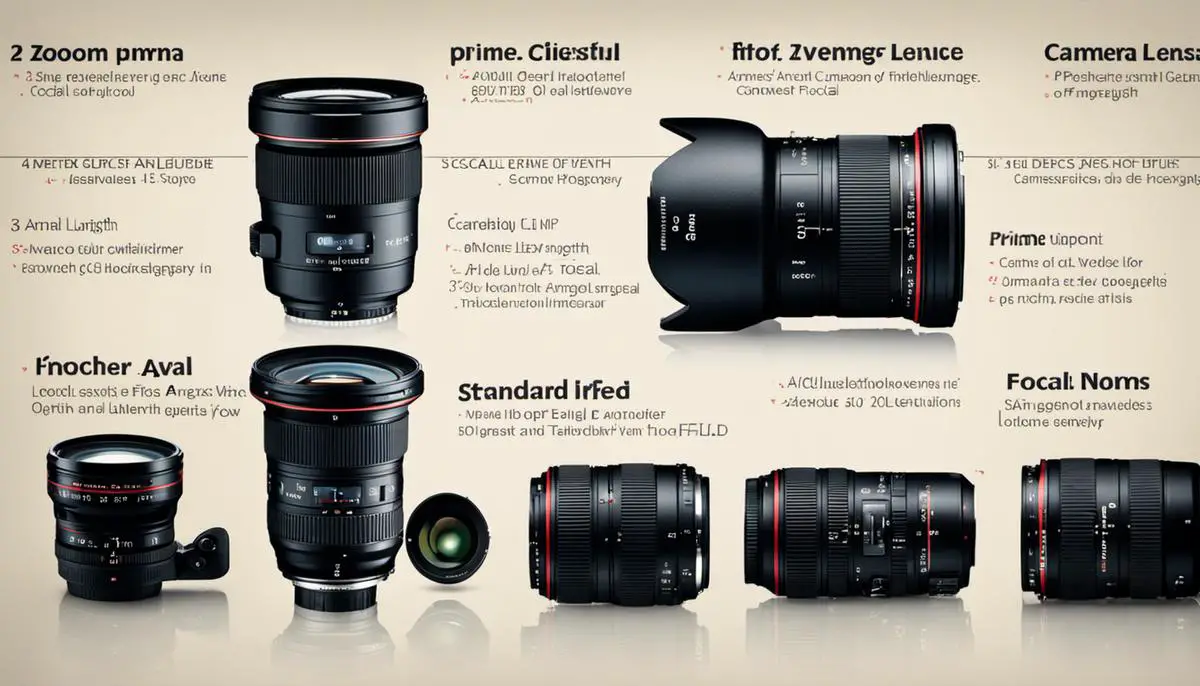
Types of Events and their Photographic Requirements
Comprehending the Intricacies of Event Photography
Event photography isn’t a uniform activity, with wide-ranging events requiring professional photography, like weddings, music concerts, corporate meets, and much more. Each of these events has its unique attributes, audience, ambiance, and majorly, the lighting. These factors play a significant role in the choice of lens for capturing the event’s essence and create impeccable shots.
Weddings and the Ideal Lens for Them
Weddings are among the most common events that need professional photography. They involve a mix of candid moments, staged shots, and close-ups. For the wedding photographer, versatility must be met with quality. A 70-200mm f/2.8 lens is a favorite among wedding photographers. Offering flexibility and top-notch image quality, this lens can capture intimate moments, portraits, and group photos without the need to swap lenses often. Another useful lens for weddings is a prime lens, like a 50mm or 85mm f/1.4, perfect for capturing detailed shots with beautiful bokeh and low light capabilities.
Concert Photography and the Lens You Need
Concerts are a different beast altogether, with tricky lighting, fast-moving subjects, and often, restrictions on where you can move as a photographer. A fast lens is essential in these conditions. A lens with a large maximum aperture (like f/1.8 or f/1.4) will allow a lot of light into the camera in dark settings, enabling you to keep the ISO relatively low. A 24-70mm f/2.8 lens provides versatility and light gathering capability, while a 50mm f/1.8 or 85mm f/1.8 lens offers the speed needed for dark settings.
Lens for Corporate Events
Corporate events generally involve individuals delivering speeches or presentations against a relatively static background. Furthermore, the lighting in these settings is often controlled and consistent. Accordingly, the photographer can focus on capturing flattering angles and expressions, rather than worrying about the light changing or the subject moving rapidly. In this instance, a general-purpose lens such as the 24-70mm f/2.8 or the 70-200mm f/2.8, provides sufficient versatility to manage group shots, candid shots, and close-ups of attendees. At times, a wider lens like a 16-35mm f/2.8 could also come in handy for capturing larger groups or broader perspectives of the location.
When it comes to selecting the most suitable lens for event photography, a good understanding of the nature of the event, the corresponding lighting conditions, and the degree of intimacy you want to capture in your images is crucial. This is because different lenses with varied focal lengths and aperture sizes tend to focus on and bring out different elements of a scene and a subject, thereby narrating distinctive stories. The lens you opt for will significantly influence the final image produced, shaping the viewer’s interpretation and perception of the photograph.
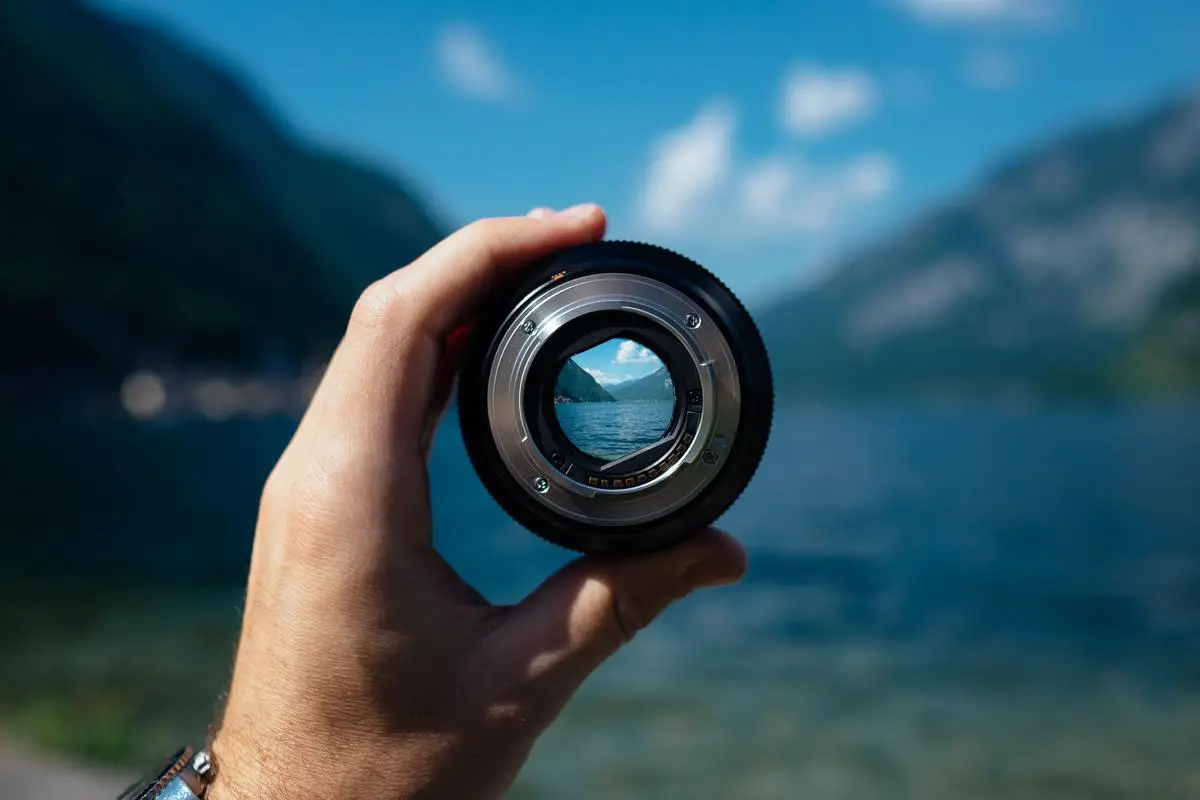
Photo by pawelskor on Unsplash
Specific Lens Recommendations for Event Photography
Canon EF 24-70mm f/2.8L II USM
A top-ranked suggestion for event photography is the Canon EF 24-70mm f/2.8L II USM. This lens gives you the flexibility of a mid-range zoom, allowing you to capture both close and far-off shots with equal ease. The wide f/2.8 aperture of this lens guarantees spectacular performance even under low light conditions, which are often found across various events. A member of the superior L-series, this lens ensures nothing less than outstanding optical quality in terms of sharpness and color veracity. However, its higher price range and the absence of image stabilization might pose as minor hurdles for some.
Nikon AF-S NIKKOR 70-200mm f/2.8E FL ED VR
For Nikon users, the Nikon AF-S NIKKOR 70-200mm f/2.8E FL ED VR is a popular choice for event photography. This lens offers a versatile zoom range and a rapid f/2.8 aperture which comes handy in poorly lit environments. This lens produces sharp images throughout the entire zoom range and has an impressive image stabilization system. A downside to this lens is its considerable weight and premium price.
Sigma 50mm F1.4 ART DG HSM
The Sigma 50mm F1.4 ART DG HSM is a budget-friendly option that doesn’t compromise on quality. Providing incredibly sharp images with a wide aperture of f/1.4, it’s perfect for capturing detailed shots in events. This lens allows photographers to achieve a beautiful bokeh effect with its 9 blade rounded diaphragm and boasts exceptional performance in low-light conditions. Notwithstanding, the lack of image stabilization and zoom capacity may curb its usefulness in some situations.
Sony FE 70-200mm f/2.8 GM OSS
For Sony users, the Sony FE 70-200mm f/2.8 GM OSS is an excellent choice. This lens provides a versatile focal length perfect for a variety of shots. With its fast aperture, it performs well in low-light conditions. It also comes equipped with a state-of-the-art image stabilization system to minimize camera shake. However, similar to other professional lenses, its high cost and substantial weight may be deterrents for some.
Fujifilm XF 16-55mm f/2.8 R LM WR
Fujifilm users will find the XF 16-55mm f/2.8 R LM WR lens a solid pick for event photography. With its wide zoom range, it permits capturing from wide-angle shots to portrait-length telephotos. Its f/2.8 aperture is ideal for low-light conditions and creating a shallow depth-of-field. Its weather-sealed construction provides added protection from the elements. However, it lacks an image stabilization feature, which can be a major drawback for some users.
When it comes to event photography, a lens must meet the demands of versatility, operate efficiently under low-light conditions, and deliver impeccable image quality. Various lenses, spread across different brands and price brackets, offer these features, making them ideal for encapsulating the unforgettable moments at any event. However, specifics such as the lens’s weight, image stabilization facilities, cost, and brand compatibility should be weighed in carefully to make the best choice possible.
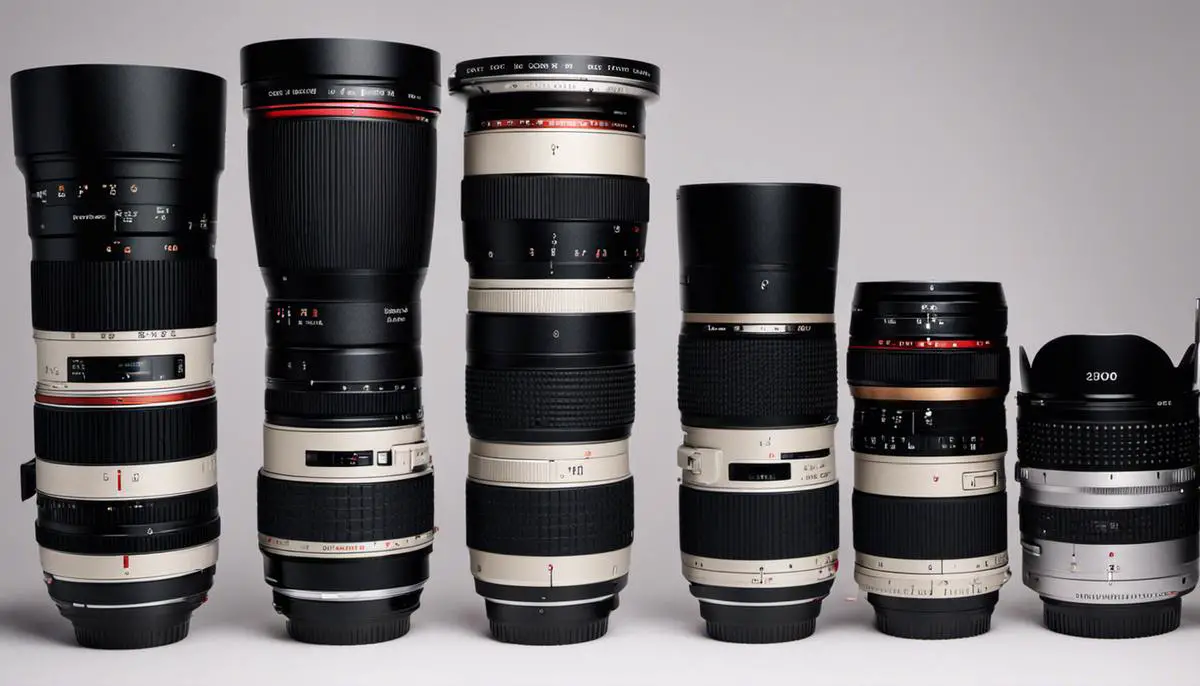
Practical Tips and Techniques for Event Photography
Selecting the Optimal Lens for Event Photography
The key to propelling your event photography journey is choosing an ideal lens for your camera. A lens comes with an array of features like aperture, focal length, zooming capacity and image stabilization system, which can each drastically affect the final photographs. A standard zoom lens, typically within the 24-70mm or 24-105mm range, is a top choice for event photography due to its inherent versatility. These lenses can cover a broad spectrum of shots, from wide-angle ones encapsulating the entire venue, to zoomed-in, telephoto images that capture even the minutest details.
Orient your lens selection towards one with a wide aperture, such as f/2.8 or f/1.4. The benefit of shooting at the maximum aperture is that it allows for quicker shutter speeds, a feature that becomes a lifesaver when photographing under low light conditions frequently encountered at events. Additionally, it facilitates selective focusing, enabling you to highlight your subjects against a perfectly blurred-out background.
The Importance of Angles in Event Photography
The art of anglyph photography plays a vital role in event photography. It’s not just about capturing moments but also about portraying them interestingly. Experimenting with different angles can add an element of surprise in your shots. A low angle can give your subject a sense of authority and importance, while a high angle can create a sense of vulnerability.
A wide-angle lens is perfect for capturing a variety of angles. If you’re shooting in a crowded space, a wide-angle lens allows you to still capture the moment without needing too much room to step back.
Tackling Lighting in Event Photography
Lighting is one of the most challenging aspects of event photography, and the right lens can make a huge difference. A lens with a larger aperture (a lower ‘f’ number) allows more light into the camera sensor providing better low-light performance – which is often needed at indoor events or outside events after dark.
Using a lens with image stabilization will help to avoid blurry images when using slower shutter speeds in low light conditions. Prime lenses are a great choice for low light events. They have larger maximum apertures (f/1.4 for example) which allows the camera to take in more light.
Flashes are crucial for indoor and night event photography, but for natural light photos, consider using a reflector to bounce light onto your subject or use a diffuser to soften harsh lights.
Capturing the Mood of the Event
A telephoto lens allows you to capture an event’s mood from a distance without being obtrusive or affecting the scene. This lens is ideal for candid shots that capture genuine emotions and reactions. Combine this with a wide aperture lens, and you can isolate your subjects against a smooth, blurry background (also known as Bokeh), which can add a dreamy mood to your photographs.
Setting Up the Camera for Event Photography
Ensure your camera has the correct settings that match the event conditions. A larger maximum aperture lens can work wonders in low light events, enabling you to keep your ISO down and your shutter speed up to avoid motion blur. In events like concerts or sports where the action is constant and quick, a higher shutter speed will freeze the motion and keep your subjects in focus.
In environments with changing light, setting your camera to aperture priority mode allows you to specify the aperture while the camera decides on the shutter speed. It ensures your photos have consistent depth of field while coping with varying light intensity.
Additional Practical Information
Last paragraph taken from: Lastly, don’t forget that multiple lenses might be necessary. Prime lenses offer superior quality and great aperture but lack adaptability. You may need to switch between a prime and a zoom lens during the event. Always remember, the perfect lens for event photography doesn’t exist, but a collection of good lenses can cover any scenario you’ll encounter in event photography.
Invest in lens protection as well like hoods and filters. A hood can protect your lens from flares, while a filter keeps it from scratches and elements. Regularly clean your lenses to ensure detailed, crisp images.
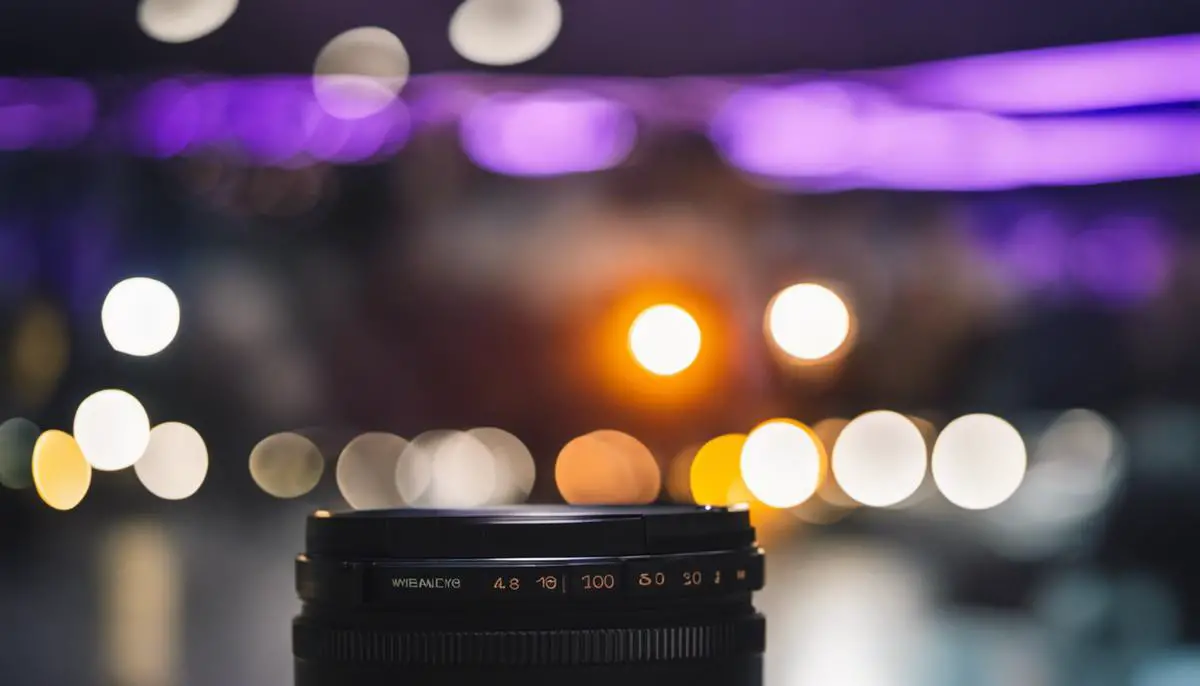
From the underlying principles of camera lenses to the nuances of different event typologies and their respective requirements, we have ventured through a comprehensive exploration of the photographic field. Along the way, we have browsed through some of the top lenses for event photography and garnered practical insights to refine your skills. It’s now up to you to take this knowledge, apply it in the real world, experiment, and carve out your unique imprint in the realm of event photography. As with any art, remember that principles are learned not to be rigidly followed, but to be creatively bent and broken. So, go forth with your chosen lens and capture those fleeting moments with confidence and flair.
